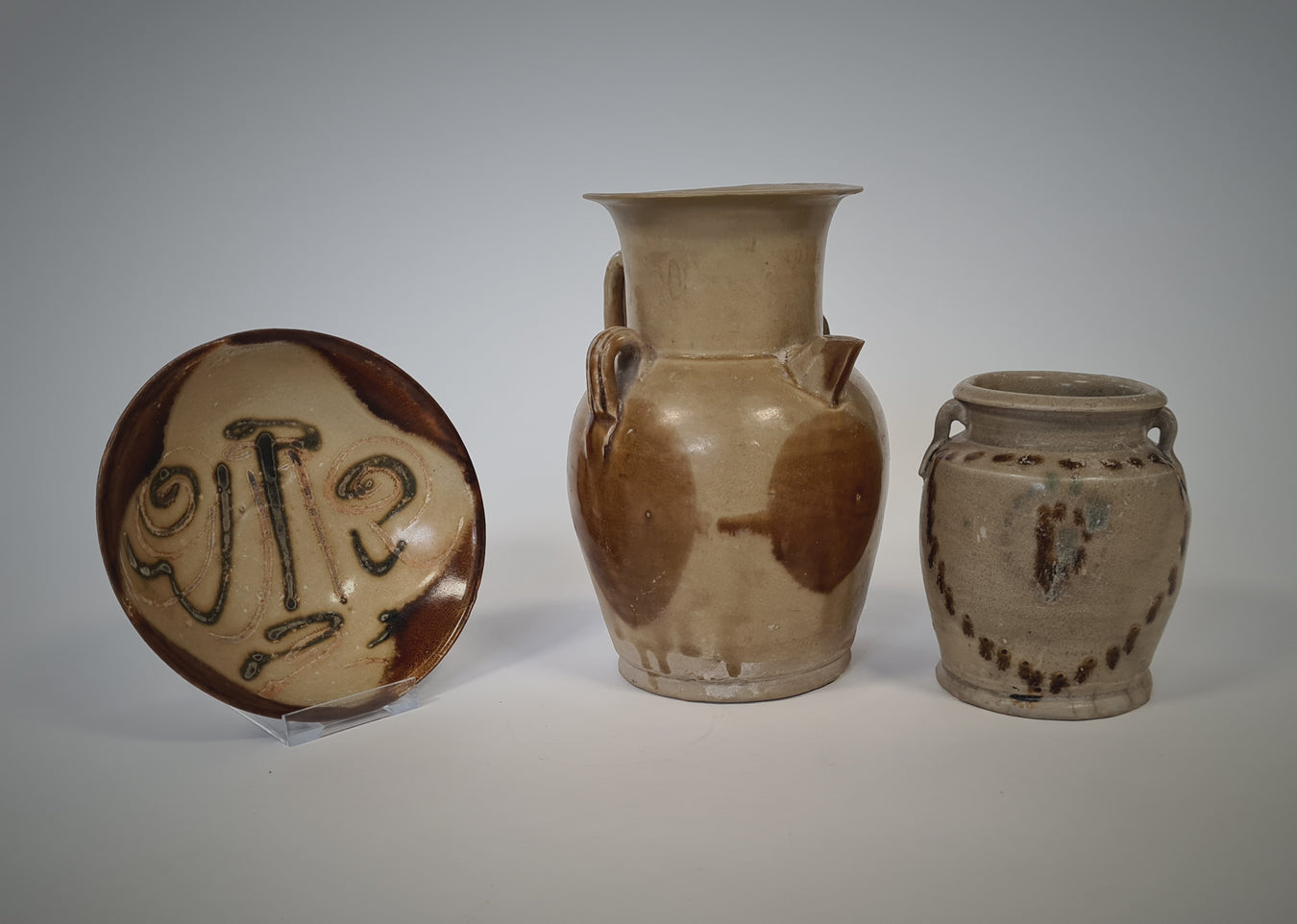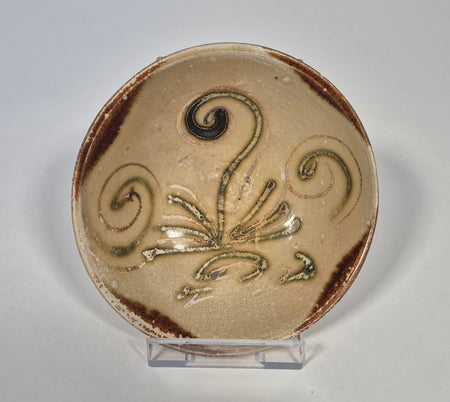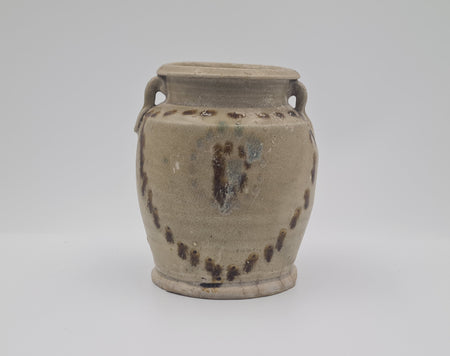Changsha ware

The Changsha kilns stretches from the city of Changsha, Hunan northward down the Xiang River towards Lake Dongting. The kilns are thought to have been active from the first part of the Tang dynasty to Five dynasties when production ceased. It appears that the use of “dragon” kilns was popular, probably because of the high efficiency and relatively low cost per unit.
Although the Tang dynasty kilns of Changsha have laid unnoticed for a long time, this is where Chinese colorful decorated ceramics were born. After the An Lushan rebellion and mass migration of families from the north to south, potters and ceramic techniques also moved south, with the result that northern styles of manufacture were digested and adapted, in creating a new type of ceramic associated with the Changsha kilns. The kiln site at Wazhaping, Shizhu, Wangcheng county, known as Shizhu kilns during the Tang era, played a crucial role in this evolution.
Changsha kilns became known for their distinctive ornamentation, blending local traditions with new techniques. Innovations like underglaze decoration, multi-colored palettes, and the introduction of copper-red glaze marked significant advancements in ceramic art. This departure from traditional "Greens of the South and Whites of the North" culminated in the widespread production of multi-colored porcelains. Moreover, Changsha kilns pioneered the incorporation of calligraphy and painting into ceramic ornamentation, showcasing motifs inspired by Tang literature and folk art. Another notable contribution was the use of brown-colored appliqués influenced by Central Asian metalworking techniques, evident in Tang sancai wares.
Changsha kilns produced an extensive range of ceramics, which perhaps had to do with the fact that Hunan was rather rural in stature during the Tang dynasty, and people relied on the relatively less expensive ceramic wares to cover their needs in everyday living.
The influence of Changsha ceramics extended far beyond Hunan, reaching other parts of China as well as East Asia, South Asia, Western Asia, and even northeastern Africa. These exports not only showcased Changsha's artistic skills, but also facilitated cultural exchange across regions.


